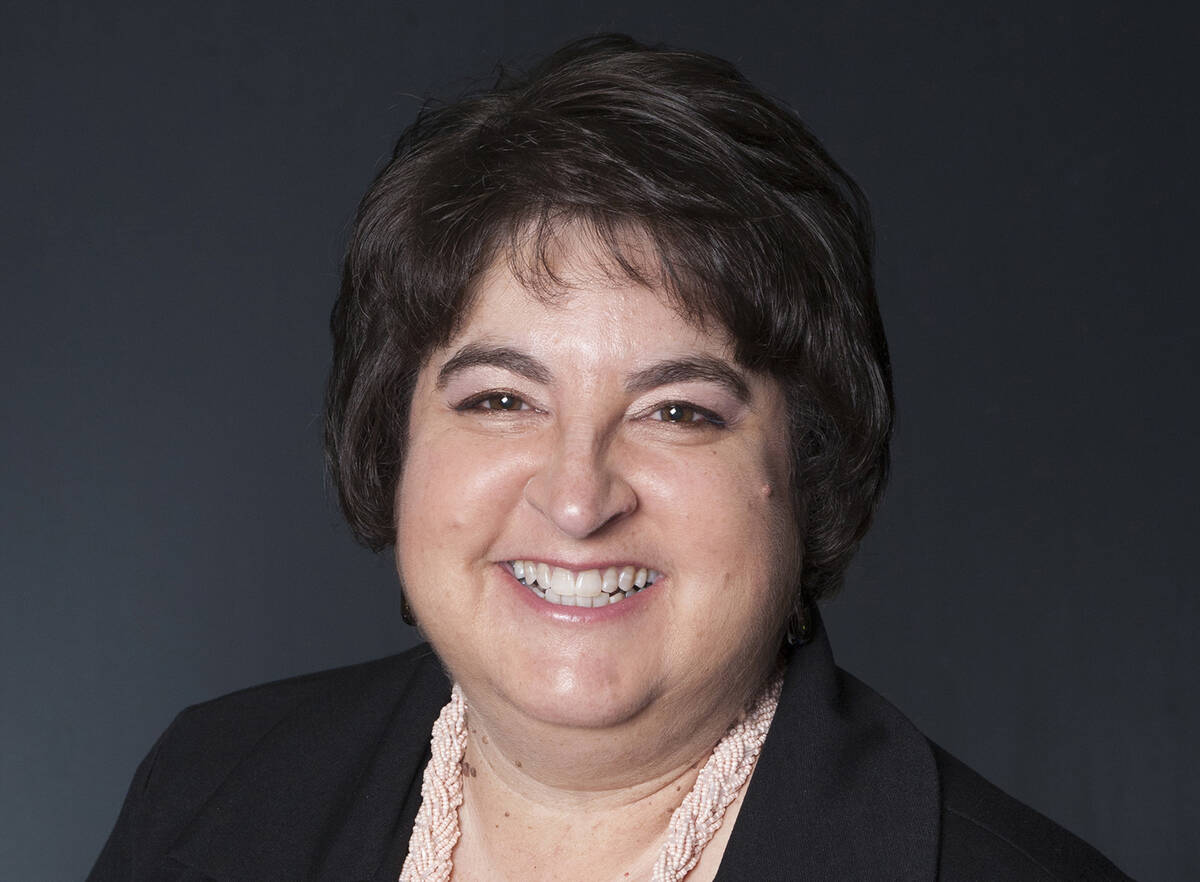Preservation ordinance remains controversial
Last week, after years of discussion and planning, the City Council passed a new historic preservation ordinance.
Its goal is to protect the commercial and residential buildings that give the city its unique character and charm. It’s what visitors from near and far come to see.
It’s truly an admirable goal.
As the city that built Hoover Dam and survived despite its original temporary status, history is in our city’s DNA.
While few have argued against the need to preserve our city’s past, the method of doing so has been — and will likely continue to be — controversial.
Like many issues, the ordinance has both good points and bad points.
In addition to preserving historic structures, the aim of the ordinance is to help promote economic prosperity by encouraging appropriate uses of these properties and “ensure harmonious, orderly and efficient growth and development” while being sensitive to historic resources.
Once lost, these precious pieces of the past cannot be recovered. That’s why it’s important to protect what we can.
However, instead of establishing fines and severe restrictions for renovations and modifications, it would have been better to provide more incentives to help owners keep their properties as “conforming” for historical purposes.
The city’s historic preservation grant program just isn’t large enough to accommodate the number of properties in the historic district, especially with the ever-increasing cost of making home improvements.
Operating on a first-come, first-served basis, the program allocates funds as reimbursements, and only up to 50 percent of the total costs or $10,000 for residential properties and $99,900 for properties through the city’s redevelopment agency, whichever is less.
And there’s also the pesky issue of a government body telling owners what they can do with their private property, with no grandfather clauses for those who purchased their homes or businesses long before the new ordinance was adopted.
The fact that cities, counties and states establish laws and regulations for private property cannot be denied. But, for the most part, those rules were established to protect people. Building codes, and the need for permits and inspections, were created to ensure the safety of structures.
The new ordinance, however, is aimed primarily at aesthetics — the appearance of how a property looks from the street. And that’s where the ordinance gives one pause. What gives the city the right to determine how one’s private property, one’s home and sanctuary, should look?
Even more disconcerting are the vague requirements for the new Historic Preservation Commission that will determine what is “appropriate” and issue the necessary certificates for exterior work and/or improvements.
The ordinance states that “all members of the Commission shall have a demonstrated interest, competence, or knowledge in history or historic preservation.” There are no requirements for professional certification or expertise in what constitutes a historic property or how to properly preserve it.
Only one member has to have professional training or experience, but that could be in “architecture, history, architectural history, urban planning, archaeology, engineering, conservation, landscape architecture, law, or other historic preservation related disciplines.”
This same board also has the power to fine property owners for making any alterations, other than “routine maintenance” without a “Certificate of Appropriateness.” The fine may not be more than $25, but each day the violation continues is considered a separate offense. At least the City Council members heeded residents’ concerns with the draft proposal for the ordinance that had the fines at no more than $500 a day.
Additionally, the city can fine anyone who partially or completely demolishes a structure on the historic register without a Certificate of Appropriateness as much as $10,000 for each violation.
There also should be some concern about the city’s new historic preservation officer, who doesn’t have to have a professional designation to hold the job. The ordinance does specify that the person holding that job should be an “independent preservation professional who must have a demonstrated interest in historic preservation” and meets the Secretary of the Interior’s Professional Qualification Standards. But then there’s an “or” stating that person could be a “qualified professional” in one or more fields such as “historic preservation, historic architecture, urban design, archaeology, cultural geography, landscape architecture or land use planning.”
The ordinance also gives the city and commission permission to expand the historic district beyond the downtown area as it was listed in 1983 on the National Register of Historic Places.
As part of the definition of a “historic district,” the ordinance says it can include “without limitation building, sites, structures or objects as the Commission may determine to be appropriate.” These districts do not have to be a single enclosed area, nor do the areas/sites have to be contiguous.
A property or area can be designated as historic if it is at least 50 years old and meets at least two of six criteria, including historic, architectural, archaeological and cultural significance; is associated with events that have made a significant contribution to local, regional, state or national history; is associated with a person or event that had a significant impact on the city’s past; and represents an established and familiar visual feature of the city.
It’s the devil that’s in the details of this ordinance that may prove to be its undoing despite the good it promises to deliver. Only time will tell if it succeeds in its purpose.
Hali Bernstein Saylor is editor of the Boulder City Review. She can be reached at hsaylor@bouldercityreview.com or at 702-586-9523. Follow @HalisComment on Twitter.






